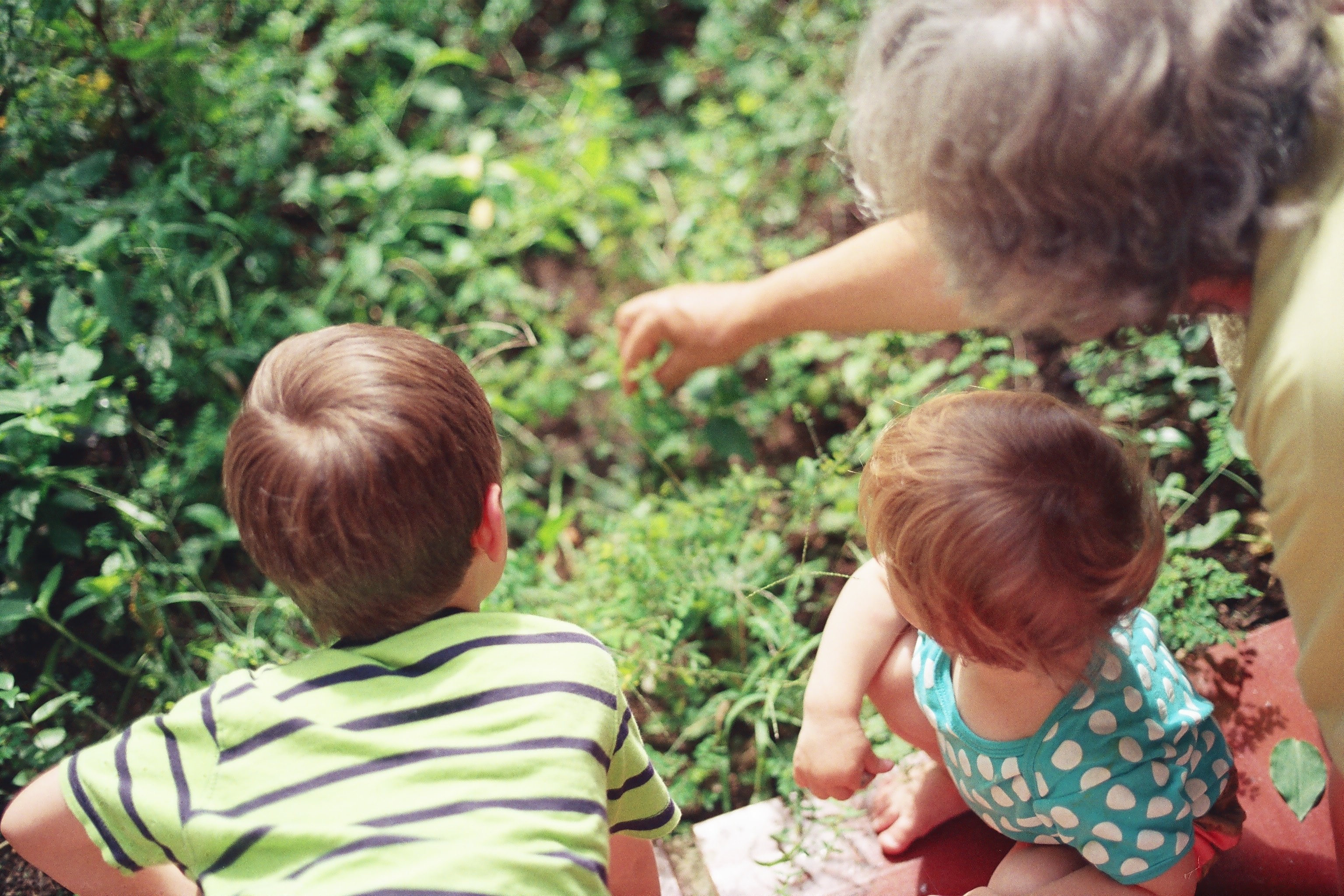Photo: Gustavo Torres via Unsplash
I remember the first day I walked into the office carrying a pair of hand weights and a little under-the-desk bicycle. None of my co-workers said a word, but the expressions on their collective faces made it clear that they thought I had gone a bit daft.
I’ll admit, I do have my quirks, and my passion for physical exercise leads me to do things that occasionally draw funny looks. Over the years, I’ve learned not to concern myself with what others think. Besides, no one would look at me curiously for stepping outside even in the most inclement of weather to smoke a cancer-stick, so why should they find it odd that I spend my lunch break power walking around the building in the snow?
Being a mom of two tiny little ladies means that not only do I want to be in shape for myself, but also to provide a stellar example to my two daughters. So I had to get over myself!
Overcoming My Fear of Looking Silly
Like everyone, I hate when people stare at me curiously. For most of my life, I got fit like everyone else — I went to the gym, hit some weights, rode the elliptical machine and took a few Tabata and Zumba classes each week. But once I gave birth to my first child, and especially after I returned to work, I found squeezing in an hour-long workout most days of the week a feat on par with scaling Mt. Everest.
Working out only on weekends when my left me physically and psychologically miserable. My energy lagged. Looking in the mirror, let alone trying to squeeze my lower half back into my pre-pregnancy jeans, brought me to tears. I had to make a change before my ability to juggle a career and child-rearing dissipated from despair.
Since there are only so many hours in a day, I started researching ways to include regular exercise via sneaky means. And you know what? It proved far easier than I thought!
Still, my fear of judgment held me back. The thought of changing into workout clothes at the office intimidated me, even though my lunch break provided the perfect time to fit in a quick workout.
I started small, beginning with performing calf raises while waiting for the copier to spit out the handouts for the weekly staff meeting. I did butt squeezes discreetly at my work desk. While grocery shopping, I pretended to gaze at items on the bottom shelves when I was really performing a deep squat.
Making Room for Healthy Habits During the Workday
As time passed, though, I grew a bit bolder by bringing little fitness gadgets to work, starting with a fitness ball. I claimed the ball was to prevent me from slumping in my chair. In reality, bouncing away at my desk while I typed toned my thighs.
The first time I changed into my running gear in the office bathroom, I felt quizzical eyes on me when I emerged. But then, I thought to myself, “Hey, no one would look twice if I sat down at my desk with a cholesterol-laden Big Mac.” Why should I feel awkward for taking care of my health, instead of harming it?
Eventually, my lunchtime presto-change-o became commonplace. Sure, I still felt a bit off jogging past the smoking bench where several co-workers lounged, but I kept reminding myself that if they didn’t feel ashamed of unhealthy behavior, I shouldn’t feel embarrassed over my healthy habits.
Whenever the weather permitted, I got outside to run or power walk during lunch. I discovered a nearby park that helped me expand my outdoor exercise routine with monkey bar pull-ups and picnic table triceps dips. I’d climb the jungle gym, utterly oblivious to the parents no doubt wondering why I was acting like the world’s biggest kid.
I began to notice an interesting side effect. Previously, I’d always suffered from the 3 p.m. slump, especially on days when my little bundle of joy kept me awake into the wee hours. After incorporating exercise into my workday, I found I had much more energy to power through my afternoons.
Rainy days posed a problem, as did the winter months. It wasn’t long before I ended up having to take at least some of my workouts inside. I invested in a subscription to an online fitness website and started streaming workouts in my cubicle.
At first, my co-workers raised a few eyebrows, but after the first week, I let their puzzled glances roll off my back. During the second week, my workmate two cubicles down asked if I minded her joining me, which admittedly helped me feel less peculiar.
I started squeezing in mini-workouts outside the workplace as well. While standing in line at the bank, I’d do leg lifts and isometric exercises. I went from sneaky squats at the grocery to adding biceps curls with canned goods.
I found ways to fit more exercise into my social life, as well. Like many moms, opportunities for getting together with friends happen once in a blue moon. When I did get a kid-free evening, I’d suggest going bowling or dancing instead of sitting around a bar.
My fitness-on-the-fly practice has now grown to the point where I slip into yoga poses or perform a few squat repetitions regardless of whether I’m at the farmers’ market or my living room. My commitment to health matters more to me than what random strangers may think about my admittedly oddball routine.
Inspiring Others
My penchant for fitness has encouraged some of my co-workers to follow suit. Now, instead of kickboxing alone in my cubicle, I’m leading a group of regulars who gather in the conference room to get our lunchtime workout groove on. As a result, I share a much stronger bond with my colleagues as we challenge each other to stay fit and celebrate our fitness successes, like losing five pounds or going a full day without a smoke.
My advice? Never let fear of other people’s opinions hold you back from getting in a quick workout anywhere and everywhere. Once people get used to your quirky fitness habits, they will applaud you for your commitment to staying in shape. You may end up inspiring others to join you! And most importantly, your kids will have an awesome mama to look up to!
Jennifer Landis is a mom, wife, freelance writer, and blogger. She enjoys long naps on the couch, sneaking spoonfuls of peanut butter when her kid's not looking, and binge watching Doctor Who while her kid's asleep. She really does like her kid, though, she promises. Find her on Twitter @JenniferELandis.



























